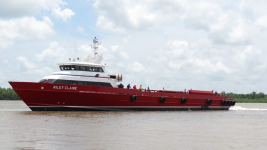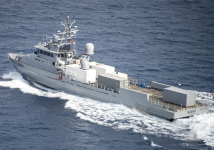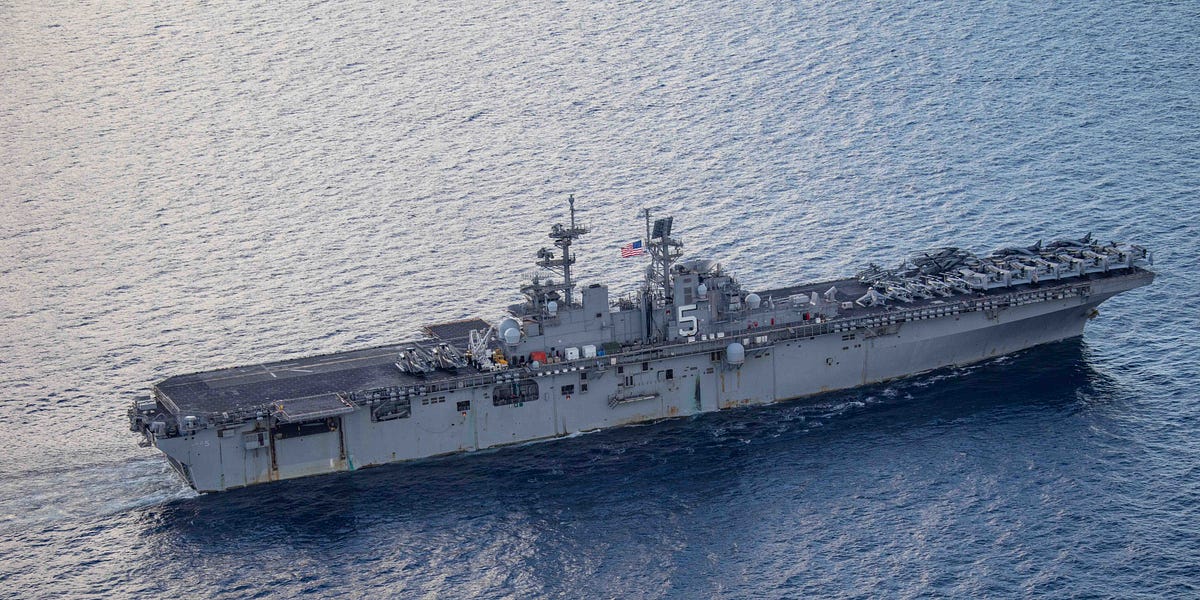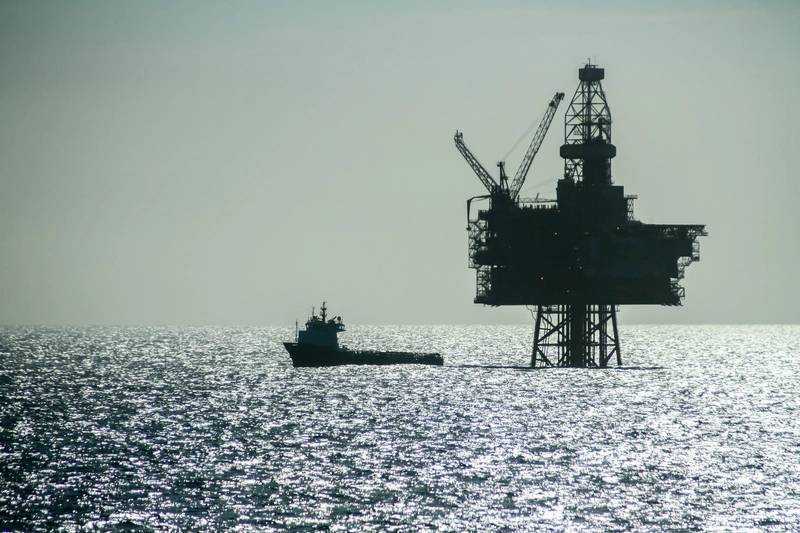Colin Parkinson
Army.ca Myth
- Reaction score
- 9,352
- Points
- 1,160
Speaking of Arsenal ships, here is the Iranian version

 gcaptain.com
gcaptain.com

Watch: Iran Launches Ballistic Missiles from Converted Warship
Iran’s Islamic Revolutionary Guard Corps (IRGC) is claiming a historic first with the test firing of two ballistic missiles from the deck of a former commercial ship turned warship in...
 gcaptain.com
gcaptain.com



:quality(70)/cloudfront-us-east-1.images.arcpublishing.com/archetype/NGBJSC7L5BERNALN5AGC6PQS3I.jpg)



